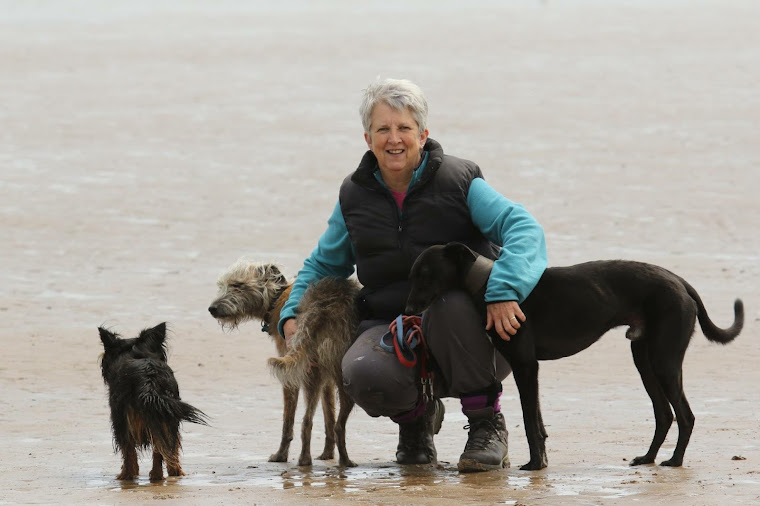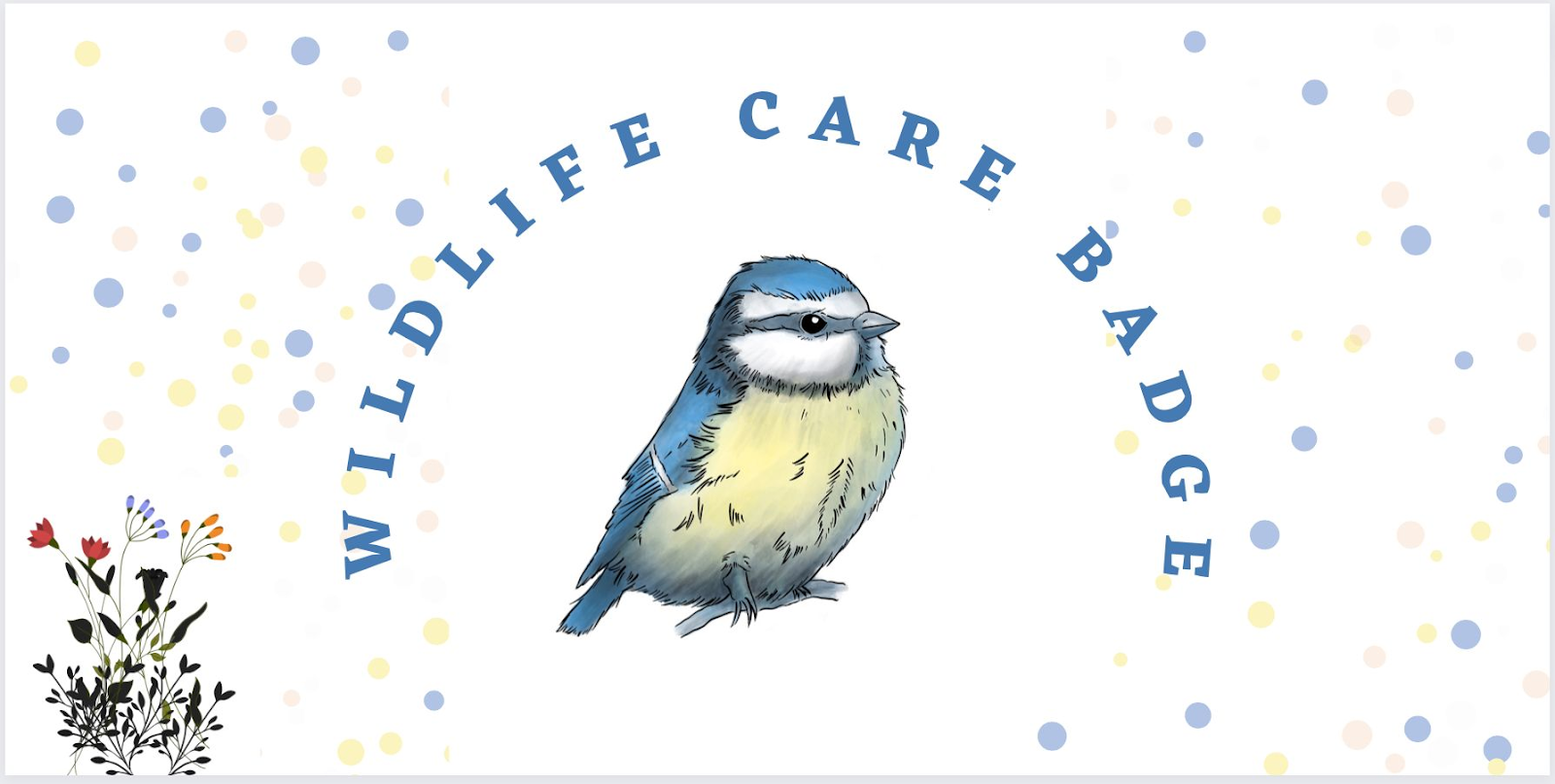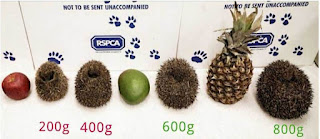Perhaps it is my lived experience of raising and supporting a son with complex and persistent speech and language difficulties, that has left me with a real interest in the importance of communication and language.
The importance of effective communication cannot be underestimated. what ever method we use, we need to be able to connect with others and to make our wishes known. It is fundamental and something that most of us are lucky enough to take for granted.
This blog relates to those with memory loss.
When speech isn't fluent, when it fails, or is absent it can result in huge angst and sadly for those with dementia Speech and Language therapy is rarely offered.
I coordinate our local memory cafe , alongside a team of lovely volunteers, and we care very much, that as well as offering entertainment and activities, we can empower our guests to be their best selves and to feel that they are able to input into what is on offer.
To have their voices heard and understood.
When I first met Alex Findlay a Speech and language therapist with a specialist interest in Dementia , and subsequently Sara Winfield , a speech and language therapist who is also a Makaton trainer ), I was very keen to find out more about their work and how it might improve the lives of those with memory loss.
Alex and Sara kindly came to talk to us at Howden Rotary Memory Cafe about Dementia and communication.
Dementia/memory loss can be a cruel master and for those who have the diagnosis it can mean that they come to rely more and more on their supporter/loved one and they may lose confidence and withdraw from activities. Dementia often means that eventually an individual may have word finding difficulties and problems with the production and organisation of intelligible speech. Not being able to make yourself understood can be very frustrating and distressing, leading to confrontation and feelings of guilt and a feeling of impotency for those around them.
Alex and Sara (along with skilled Makaton practitioner Jo) offer a five week Makaton training course for those with dementia and their chosen partner. The Programme is entitled 'Watch My Needs'. The idea being that people are taught to use signs and symbols as well as their voices to communicate.
My first thought was "Why on Earth has this not been done before?". A programme that may assist people with dementia to go on communicating meaningfully even when they are having issues with speech and language can only be a good thing. (There are an estimated 982,000 people in the UK living with dementia).
Makaton uses signs, symbols and speech. It is very visual and it helps orientate people to choices in, for example, food and drink or perhaps what clothes to wear.
Each session covered a different aspect of daily living ...
- Greetings
- Wellbeing
- Daily activities
- Makaton for meal times
- Makaton priorities
Each couple were provided with a manual to use during the 90 minute training sessions , and to keep for homework/practice and future reference.
I set about looking for funding and was delighted when the Two Ridings Community Foundation granted half of the total cost. . The remainder was paid for by the memory cafe via fund raising efforts.
Twenty Six people signed up eagerly and quickly for the course and others remain on a waiting list for future courses.
The course is suitable for anyone with dementia who is able to follow the content (so those with a recent diagnosis). However, some of our course members were further along their dementia journey but they will undoubtedly still benefit from the knowledge and skills that their supporter acquired.
For some, speech along with a few visual clues would suffice but for others the use of symbols, labelling and choice boards may be more appropriate. A combination of all those things would be better suited to some and the course underlines the need for participants to use what they have learned in a way that suits them as individuals in their daily lives, and to create their own choice boards . After all, its pointless knowing the sign for beer, if you only drink wine!!!!
Importantly the course was supportive and fun, and Alex and Sara gently encouraged participants to use what they had learned within a room of total understanding, where every person wanted others to succeed. We were soon introducing ourselves with signs as well as voices, and asking pertinent questions. It was a session we all looked forward to.
Alex also described some strategies that may help people to find their voice and to help their supporters to make useful adaptations to the way in which they communicate to improve success.
Comments at the end of the course included ...
"It really is a fabulous and worthwhile course, I’m hopeful that what I’ve learned will be invaluable as communication deteriorates. Feel very lucky that Howden Rotary Memory Cafe provided this for us."
" Thankyou so much. This will make such a difference to us, our relationship and future"
I felt very privileged to have been able to organise and offer this course alongside these very skilled professionals. I believe it is the first of its kind to be offered in our area (Howden be proud). I really hope that it isn't the last.
I honestly think it should be on offer to all those with dementia. The results would be life enhancing, and may well keep people at home longer, freeing up space in our overstretched health and social care system.
Anyone, who works with, supports, or is interested in this, please see
https://everyonedeservesavoice.co.uk/
For further information.
If you would like to know more about Makaton, the Makaton Charity offers free resources and information.
https://makaton.org/TMC/Member_Home.aspx?WebsiteKey=2d2ed83b-15c1-4b7f-b237-8ca41598fd50
Alex Findlay's F/B Page https://www.facebook.com/profile.php?id=100085860356864
Sara Winfield's F/B page https://www.facebook.com/profile.php?id=100063553748006
Jo Bryenton's F/B page https://www.facebook.com/jbmakatontutor
Two Ridings community Foundation F/B page https://www.facebook.com/TwoRidingsCF
Howden Rotary Memory Cafe F/B page https://www.facebook.com/search/top?q=howden%20rotary%20memory%20cafe
,



















